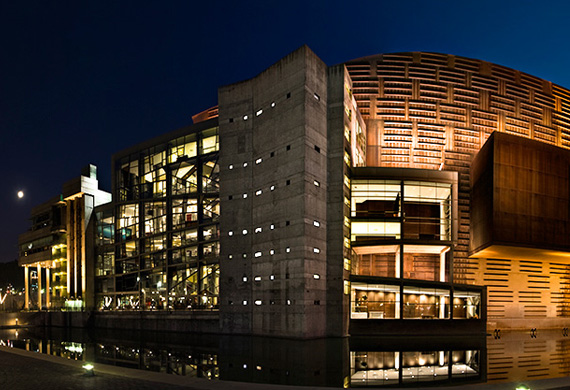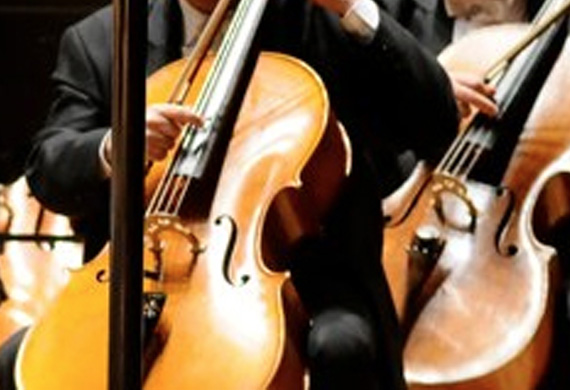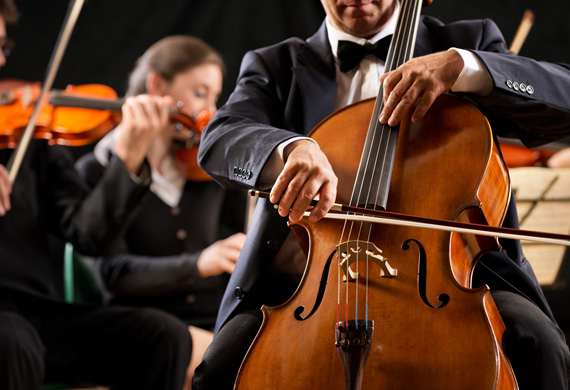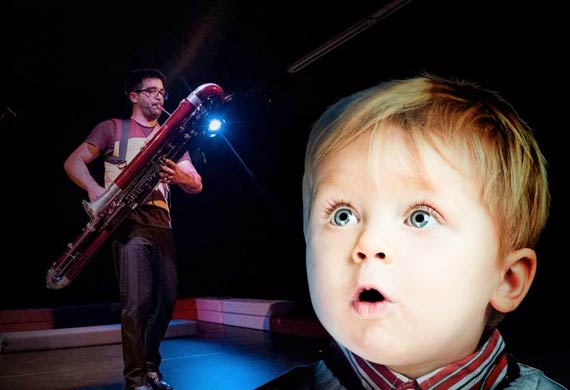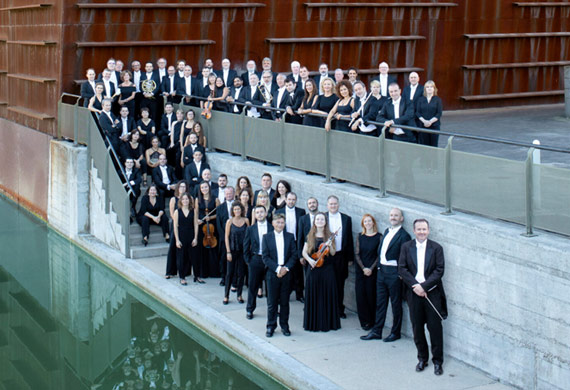Concerts

Temporada ABAO-2012-2013
Tosca
Tosca
Libretto by Giuseppe Giacosa and Luigi Illica, based on La Tosca by Victorien Sardou
Music by Giacomo Puccini
First performed in the Teatro Costanzi (Costanzi opera house) on 14 January 1900
Mario Cavaradossi, a painter – Massimo Giordano* (tenor)
Il Barone (Baron) Scarpia, Chief of Police – Falk Struckmann*(baritone)
Cesare Angelotti, an escaped political prisoner – Miguel Ángel Zapatero (bass)
Il Sagrestano – Valeriano Lanchas*(bass)
Spoletta, a policeman – Vicenç Esteve (tenor)
Sciarrone, a policeman – José Manuel Díaz (bass)
Un carceriere (a jailer) – David Aguayo (bass)
Un pastore (a shepherd boy) – Leyre Mesa (treble)
Director musical: Bertrand de Billy*
Director de escena: Nuria Espert
Director del coro: Boris Dujin
Producción ABAO-OLBE y Teatro Real
DATES
- 19 January 2013 Palacio Euskalduna 20:00 h.
- 22 January 2013 Palacio Euskalduna 20:00 h.
- 25 January 2013 Palacio Euskalduna 20:00 h.
- 28 January 2013 Palacio Euskalduna 20:00 h.
Venta de abonos, a partír del 8 de julio.
Venta de entradas, a partir del 15 de septiembre.
Meet here all the advantages of being BOS subscriber
Tosca
An opera lirica (lyrical opera) in three acts
Libretto by Giuseppe Giacosa and Luigi Illica, based on La Tosca by Victorien Sardou
Music by Giacomo Puccini
First performed in the Teatro Costanzi (Costanzi opera house) on 14 January 1900
Floria Tosca, a famous singer– Violeta Urmana (soprano)
Mario Cavaradossi, a painter – Massimo Giordano* (tenor)
Il Barone (Baron) Scarpia, Chief of Police – Falk Struckmann*(baritone)
Cesare Angelotti, an escaped political prisoner – Miguel Ángel Zapatero (bass)
Il Sagrestano – Valeriano Lanchas*(bass)
Spoletta, a policeman – Vicenç Esteve (tenor)
Sciarrone, a policeman – José Manuel Díaz (bass)
Un carceriere (a jailer) – David Aguayo (bass)
Un pastore (a shepherd boy) – Leyre Mesa (treble)
Place: Rome, 1800
Act I
One June day in 1800, Cesare Angelotti, a revolutionary who had been Consul of the Republic of Rome and is now a political prisoner, seeks refuge in the central nave of the church of Sant’Andrea della Valle, in Rome. He hunts around until he finds the key to a chapel belonging to the Attavanti family and hides in it. In come a sacristan and Cavaradossi, a painter who is working on a portrait of a beautiful, blonde, blue-eyed Madonna. The sacristan thinks he recognizes in her a woman who had been praying in the church a few days ago. Actually the praying was a subterfuge by the Marchesa (Marchioness) Attavanti so as to hide a key for her brother Angelotti. The painter compares the Madonna’s features with the eyes of his beloved, singer Floria Tosca.
When the sacristan goes outside, Angelotti emerges from his hiding-place, faint with hunger. The painter, a Republican sympathizer, promises to help him escape from Rome. Angelotti quickly hides again on hearing the voice of Tosca calling from outside. She has heard her lover’s voice and suspects him of a liaison with another woman. Cavaradossi assures her of his fidelity and they make plans to meet at their love-nest in the nearby countryside.
Once Tosca has gone, Angelotti re-emerges disguised as a woman in clothes left in the chapel for him by his sister, the Marchesa Attavanti. Just then a canon shot is fired from the castle of Sant’Angelo: his captors have noticed he has gone missing. Swiftly, Cavaradossi decides to take Angelotti to the house in the country and hide him there. They run out of the church just before the sacristan re-enters, full of the news of Napoleon’s defeat.
Fearsome Barone Scarpia, Chief of the Papal Police, appears in the doorway, looking for clues to Angelotti’s whereabouts, and everything points to the painter as the one who helped him get away. Tosca arrives in search of her beloved and she runs into Scarpia, who has lusted after her for some time. Scarpia, seeing the stupefied look on Tosca’s face when she learns Cavaradossi isn’t there, picks up a fan of Marquesa Attavanti’s that Angelotti had forgotten in his haste, hinting to the singer that the painter must have run off with her. Blinded by jealousy, Tosca hurries off to the country house, followed at a distance by the henchmen of Scarpia, who believes he has already achieved his aims: to have Cavaradossi behind bars and Tosca in his arms.
Act II
Scarpia is dining in his suite of rooms in the Farnese Palace, and outlines his plan for getting his way with Tosca. Enter Spoletta, one of Scarpia’s assassins, to inform him that they followed her to the painter’s house and there was no trace of Angelotti, but they have arrested Cavaradossi. Scarpia questions the painter, but he denies having had anything to do with Angelotti, despite the cruel Chief of Police’s threats. Enter Tosca, who has been called by Scarpia. She clings to her beloved while he asks her not to say anything about what she’s seen in the country house. A judge and an executioner lead Cavaradossi away, while Tosca is also interrogated. The pressure on Tosca mounts when she hears the cries of Cavaradossi, who is being tortured. Unable to bear it any longer, she yields the secret of Angelotti’s hiding-place: the well in the garden of the villa. Then Sciarrone, a minion of Scarpia, brings the news that Napoleon succeeded in altering the course of the battle, which ended in victory for him. Incensed, Scarpia sentences the painter to death. Spoletta comes in to report that Angelotti killed himself on seeing that he was trapped and that all is ready for the painter’s execution. Tosca realizes she is cornered, and must give Scarpia what he wants if she is to save her beloved. As part of her bargain with him, she demands a safe-conduct out of the Papal States for herself and her lover. Scarpia agrees, knowing Cavaradossi is not going to need it: in Tosca’s presence, he instructed Spoletta to fake Cavaradossi’s execution, but in such a way that Spoletta understood it was to be for real. As the Chief of Police signs the document Tosca notices a knife lying on the table and when he makes a pass at her, she plunges it into his chest, killing him almost instantly. Tosca places a crucifix next to his corpse and takes the safe-conduct.
Act III
At first light a shepherd is singing and the church bells of Rome are being rung. Under arrest in the castle of Sant’Angelo, Cavaradossi writes a despairing letter of farewell to Tosca. In comes the singer accompanied by the jailer, who has agreed that the woman can be present at the execution. She shows the painter Scarpia’s safe-conduct for him as well as herself. The two regain their hope of being able to flee, so she recommends that he fall as if he had really been shot. The firing squad shoots and Cavaradossi slumps to the ground. Tosca goes to ask him not to move until they have all gone, then she realizes he has really been executed. Spoletta’s shouts are heard as he finds Scarpia dead. All the Chief of Police’s henchmen converge on Tosca, but she runs to the rampart and jumps over the edge.
Marc Heilbron, ABAO-OLBE Season Book 2012-13
Calendar of Events
Related events
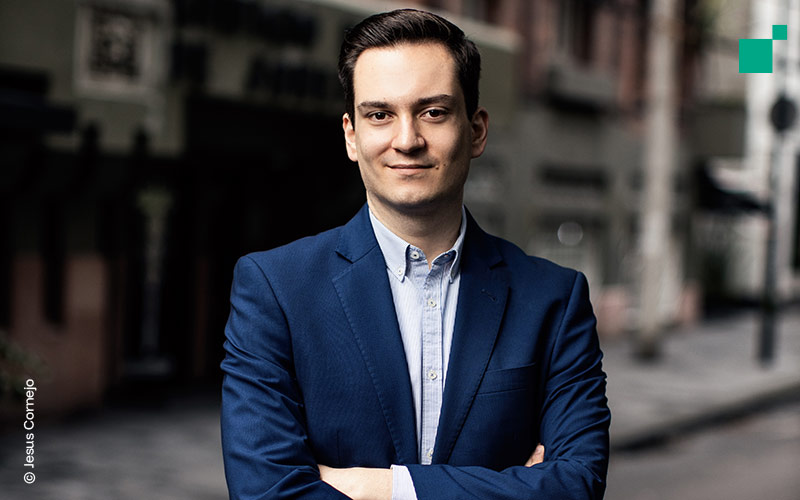
Irrumpe el romanticismo
Place: Euskalduna Palace,Bilbao
Un programa redondo que atiende al gran repertorio del siglo XIX. Dos obras esenciales para entender la revolución del romanticismo. Schubert exploró con maestría el gran formato en la última de sus sinfonías, una obra que parece anticipar la grandeza de Bruckner, y Beethoven se aventuró en las turbulencias emocionales en su rotundo concierto en do menor, que escucharemos en la interpretación del reciente ganador del Concurso de piano María Canals.
Iván López-Reynoso, director
Xiaolu Zang, piano
I
LUDWIG VAN BEETHOVEN (1770 – 1827)
Concierto nº 3 para piano y orquesta en do menor Op. 37
I. Allegro con brio
II. Largo
III. Rondo: Allegro
Xiaolu Zang, piano
II
FRANZ SCHUBERT (1797 – 1828)
Sinfonía nº 9 en Do Mayor D. 944 “La grande”
I. Andante – Allegro ma non troppo. Piú moto
II. Andante con moto
III. Scherzo: Allegro vivace – Trio
IV. Allegro vivace
Dur: 110’ (aprox.)
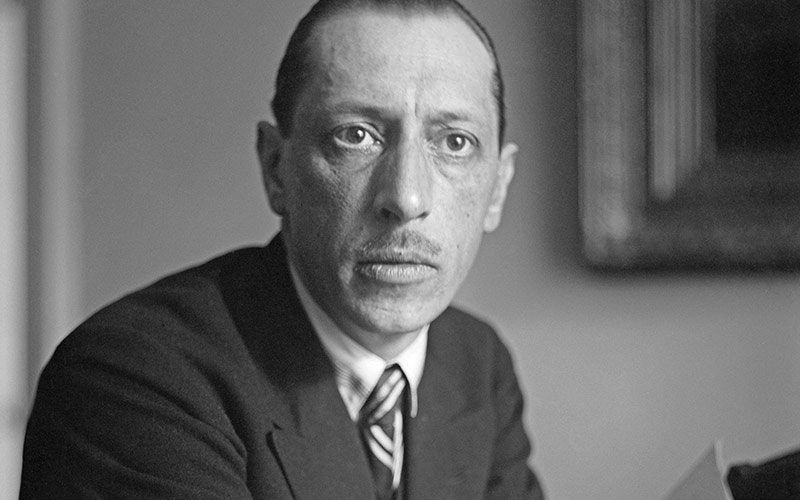
Cámara 3
Place:
G. Connesson
Techno Parade
Trío de flauta, clarinete y piano BOS
I. Stravinsky
Octet
Octeto de viento BOS
J. N. Hummel
Septeto en Do Mayor Op. 114 “Septeto Militar”
Septeto de viento, cuerda y piano BOS
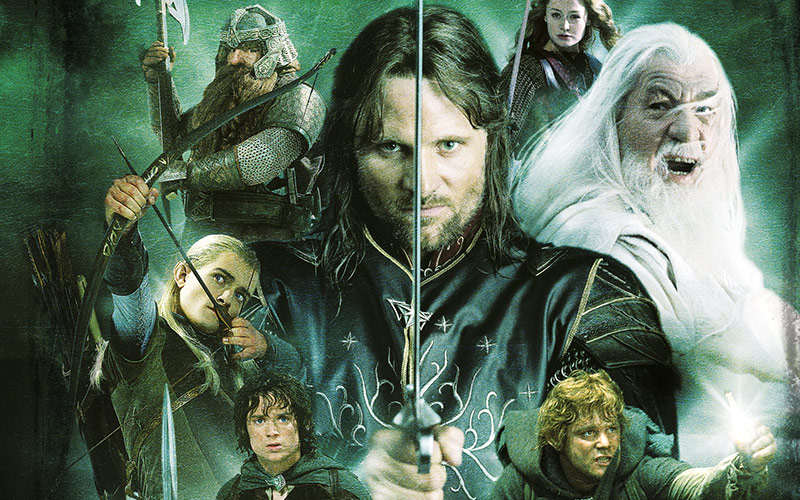
El Señor de los Anillos: El Retorno del Rey
Place: Euskalduna Palace,Bilbao
Con la tercera parte, El Retorno del Rey, finalizamos el ciclo dedicado a una de las cumbres en la simbiosis entre música y cine, merecedora de 11 premios Oscar, incluido el de mejor banda sonora para Howard Shore. De nuevo la experiencia de la proyección íntegra de la película con la partitura original interpretada por la BOS y las voces de la Sociedad Coral de Bilbao.
H. Shore: El Señor de los Anillos: El Retorno del Rey
Eleanor Grant soprano
Sociedad Coral de Bilbao
(Enrique Azurza, director)
Coro Infantil de la Sociedad Coral de Bilbao
(J. L. Ormazabal, director)
Shih-Hung Young, director
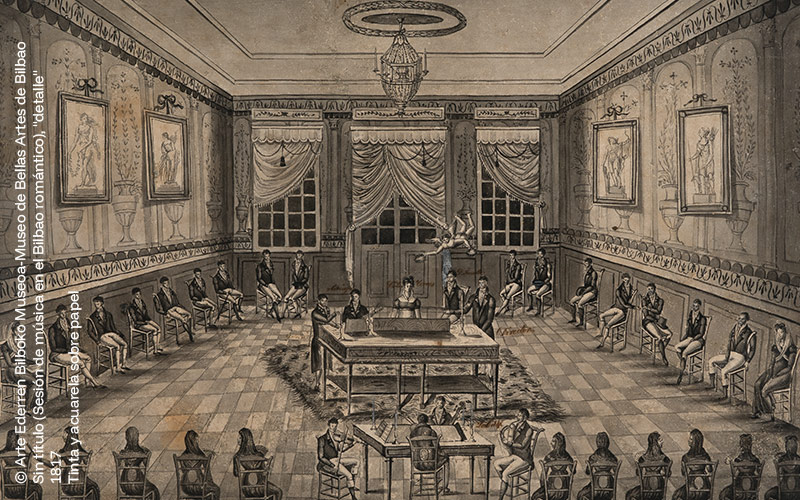
Cámara 4
Place:
200 Arriaga
J. C. Arriaga
Obertura Op. 1
Noneto de viento y cuerda BOS
J. C. Arriaga
Cuarteto nº 2 en La Mayor
Cuarteto de cuerda BOS
L. van Beethoven
Septeto en Mi bemol Mayor Op. 20
Septeto de viento y cuerda BOS

